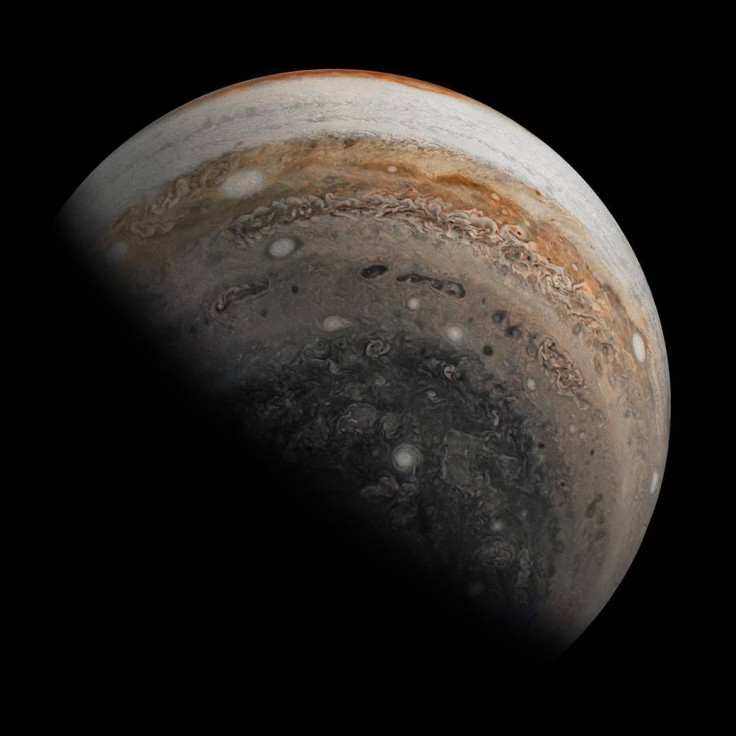ESA Prepares To Assemble Alien-Hunting Spacecraft To Explore Jupiter’s Moons

KEY POINTS
- ESA will begin assembling its JUICE spacecraft
- JUICE will explore Jupiter and its moons
- JUICE will try to find traces of alien life
The European Space Agency (ESA) is preparing to assemble a spacecraft designed to explore the moons of Jupiter. As part of its mission, the spacecraft will try to determine if the moons are capable of hosting alien life.
ESA’s latest spacecraft is known as the Jupiter Icy Moons Explorer (JUICE). According to the agency, it recently arrived at the facility of its contractor Airbus Defense and Space in Germany for final integration.
The development of JUICE began in 2015 after Airbus was selected by the ESA to handle the spacecraft’s design and construction. As part of the integration process, the spacecraft will be fitted with its various components. Some of them include its communication systems, navigation sensors and on-board computers. Once it has been fully assembled, JUICE will be taken to ESA’s Space Technology and Research Center in the Netherlands for testing.
JUICE is scheduled to launch in June of 2022 through the Ariane 5 rocket. Its main objective is to visit and study Jupiter’s moons Ganymede, Callisto and Europa. According to the ESA, it will take about several years for JUICE to reach its targets.
In order to reach Jupiter and its moons, the ESA will execute multiple slingshot maneuvers on Earth, Venus and Mars. The ESA believes using the gravitational forces of these planets will put JUICE on the right trajectory to Jupiter.
These three moons of Jupiter were specifically selected for the mission due to their environmental conditions. Scientists believe these natural satellites have the right conditions to host liquid water or oceans.
Through the JUICE spacecraft, the ESA is looking to analyze the composition of the oceans on Jupiter’s moons. The agency will try to determine if these oceans contain traces of alien life forms.
“Expected to set out for its seven-year cruise to Jupiter in 2022, JUICE will carry 10 scientific instruments for detailed inspection of the largest planet of the Solar System and its moons, including Ganymede, Europa and Callisto, which are believed to host oceans of water,” the ESA explained in a statement.
“During its planned three-year mission, the spacecraft is expected to answer the question whether the oceans of the icy moons host any forms of life,” the agency added.
© Copyright IBTimes 2025. All rights reserved.





















